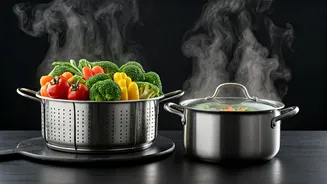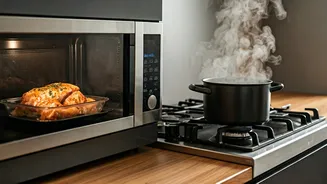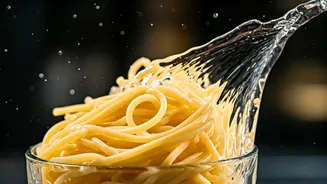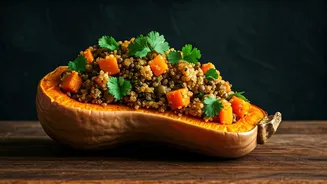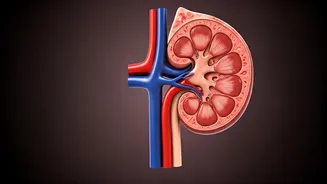Cooking Methods Compared
Steaming and boiling are common methods for preparing vegetables, each with its own effects. Steaming involves cooking vegetables above boiling water,
using the rising steam. This method often results in less nutrient loss compared to boiling. Boiling, on the other hand, involves immersing vegetables directly in boiling water. While quick, boiling can leach water-soluble vitamins and minerals into the cooking water. The choice between these methods depends on factors like the type of vegetable, desired texture, and the goal of preserving nutrients. Consider the specific vegetable and its characteristics to choose the most effective cooking technique. Steaming can often retain a firmer texture and more nutrients, whereas boiling might soften vegetables more quickly, which is preferable for some dishes.
Steaming: Pros and Cons
Steaming offers several advantages for cooking vegetables. Since the vegetables don't come into direct contact with the water, fewer nutrients are lost compared to boiling. Many vitamins, particularly water-soluble ones like vitamin C and B vitamins, are preserved. The process typically maintains the texture and color of the vegetables better, keeping them vibrant and crisp. However, steaming does require a steamer or suitable equipment, which might not be readily available for everyone. Also, steaming can sometimes take longer than boiling, depending on the vegetable and desired level of doneness. Another consideration is that steamed vegetables might have a less intense flavor compared to boiled ones, especially if the cooking water is seasoned in boiling. Despite these considerations, steaming remains an excellent method for preserving both nutrients and texture.
Boiling: Pros and Cons
Boiling is a quick and accessible method for cooking vegetables, but it comes with some drawbacks. The most significant concern is the potential loss of nutrients. When vegetables are boiled, water-soluble nutrients can leach into the cooking water, which is then often discarded. However, boiling can be faster than steaming, especially for vegetables that cook quickly. This method is convenient since it requires minimal equipment—just a pot and water. Boiling also enhances the sweetness of certain vegetables like carrots and parsnips. Nonetheless, the rapid heat exposure can cause the vegetables to become mushy if overcooked, affecting both texture and flavor. Therefore, careful attention is needed to prevent overcooking and preserve the vegetables' natural qualities. Overall, while boiling is easy and fast, it requires careful consideration of its effects on nutrient retention and texture.
Which Method Wins?
The 'best' method truly depends on what you're trying to achieve with your cooking. If the primary goal is preserving the maximum amount of nutrients, steaming often comes out on top. It helps retain vitamins and minerals that can be lost in boiling water. For convenience and speed, boiling might be the preferable option, particularly for busy cooks. Boiling can also be suitable for certain dishes where a softer texture is desirable. When deciding, think about the specific vegetable and its characteristics, as well as the desired outcome of the dish. For example, leafy greens, like spinach, do well when steamed to avoid overcooking and nutrient loss. Hardier vegetables like potatoes and carrots can benefit from boiling, though careful cooking is required to retain nutrients and prevent mushiness. Ultimately, the best method is the one that fits your cooking needs and culinary goals.
